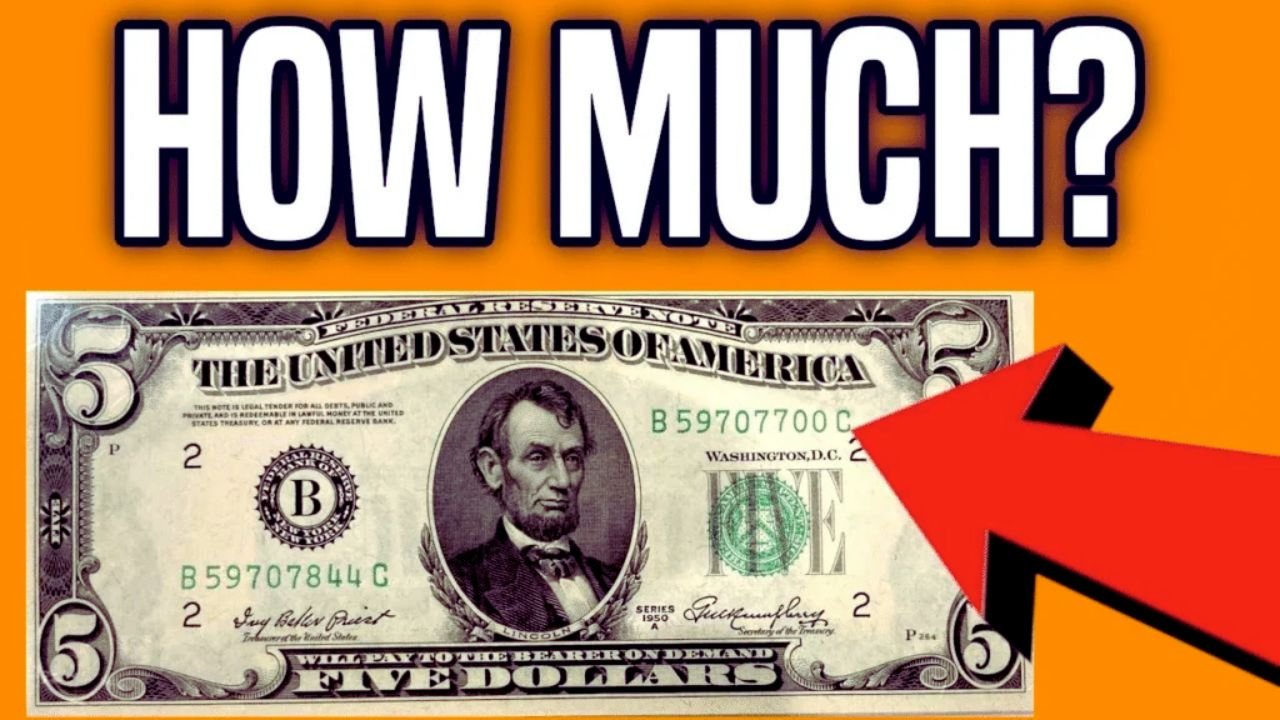Ever checked your wallet and wondered if you’re holding a rare bill? Some $5 bills from 1995 have a cool mistake—an upside-down Treasury seal—that makes them special to collectors. This article will help you figure out how to spot one of these unique bills, why they’re valuable, and what to do if you find one. Let’s dive in and learn how to check your cash for this hidden gem.
What Makes the 1995 $5 Bill Special?
Back in 1995, a printing error at the U.S. Bureau of Engraving and Printing caused some $5 bills to have an upside-down green Treasury seal on the right side. This mistake is rare because the printing process is usually super precise. Collectors love these error bills since they’re not common and add a quirky piece to their collections. The 1995 $5 bill with this error can be worth way more than its face value, depending on its condition and other details.
How to Identify the Upside-Down Seal
Spotting this bill is pretty straightforward if you know what to look for. Here’s a simple guide:
- Check the year: Look at the bottom right corner of the bill for the series date. It should say “Series 1995.”
- Find the Treasury seal: On the right side, there’s a green circular seal with “Department of the Treasury” written around it. If it’s upside down compared to the rest of the bill, you’ve got a winner.
- Look at the serial number: The serial number is printed in green ink on both sides of the bill. For these error bills, it starts with “B” (for the New York Federal Reserve Bank) and has 10 digits.
- Check the condition: A crisp, uncreased bill is worth more than one that’s worn or torn.
| Feature | Details |
|---|---|
| Series Year | 1995 |
| Treasury Seal | Green, upside-down on right side |
| Serial Number | Starts with “B”, 10 digits |
| Denomination | $5 |
Why Are These Bills Valuable?
The value of a 1995 $5 bill with an upside-down seal depends on a few things. Collectors pay more for bills in great condition—think crisp, clean, and without folds. A bill in “uncirculated” condition (like it just came from the mint) can fetch anywhere from $50 to $200 or more, depending on the market. Even a used one might be worth $20 to $50. The rarity comes from how few of these errors made it into circulation before being caught. Plus, the story behind the mistake makes it a fun piece for collectors to show off.
What to Do If You Find One
If you think you’ve got one of these bills, don’t spend it! First, double-check the year, seal, and serial number. You can take it to a local coin shop or currency dealer to get it appraised. They’ll look at the bill’s condition and confirm it’s real. If you want to sell it, you can try online marketplaces like eBay, but be ready to provide clear photos and details. Another option is to keep it as a cool keepsake or trade it with other collectors at coin shows. Just make sure to store it in a protective sleeve to keep it in good shape.
A Fun Hunt for Cash Collectors
Hunting for a 1995 $5 bill with an upside-down seal is like a treasure hunt in your own pocket. It’s a reminder that even everyday items like cash can hide something special. Next time you’re paying for coffee or sorting through change, take a second to check your $5 bills. You might just find a rare piece of history that’s worth more than a quick lunch. So, keep your eyes open, and happy hunting!

